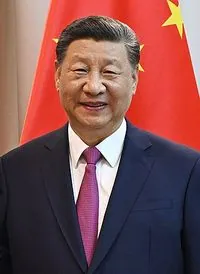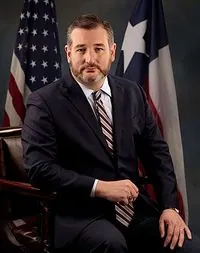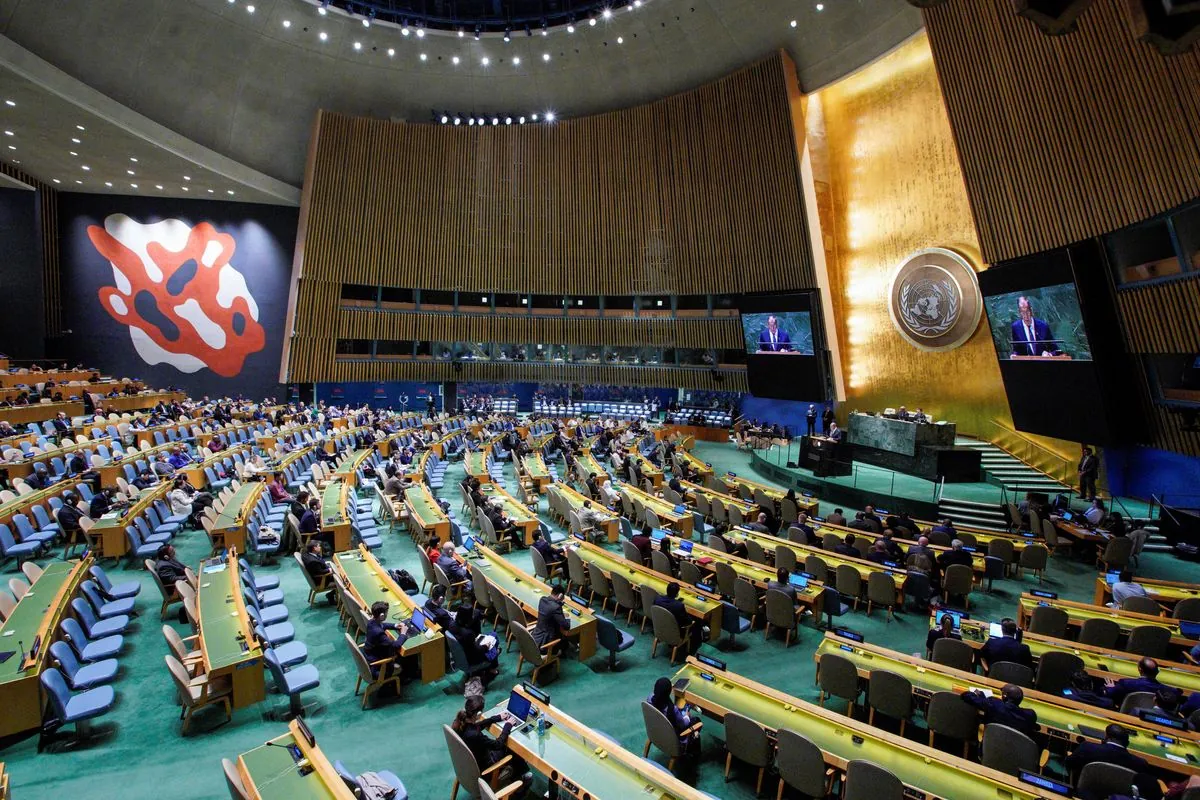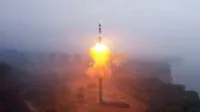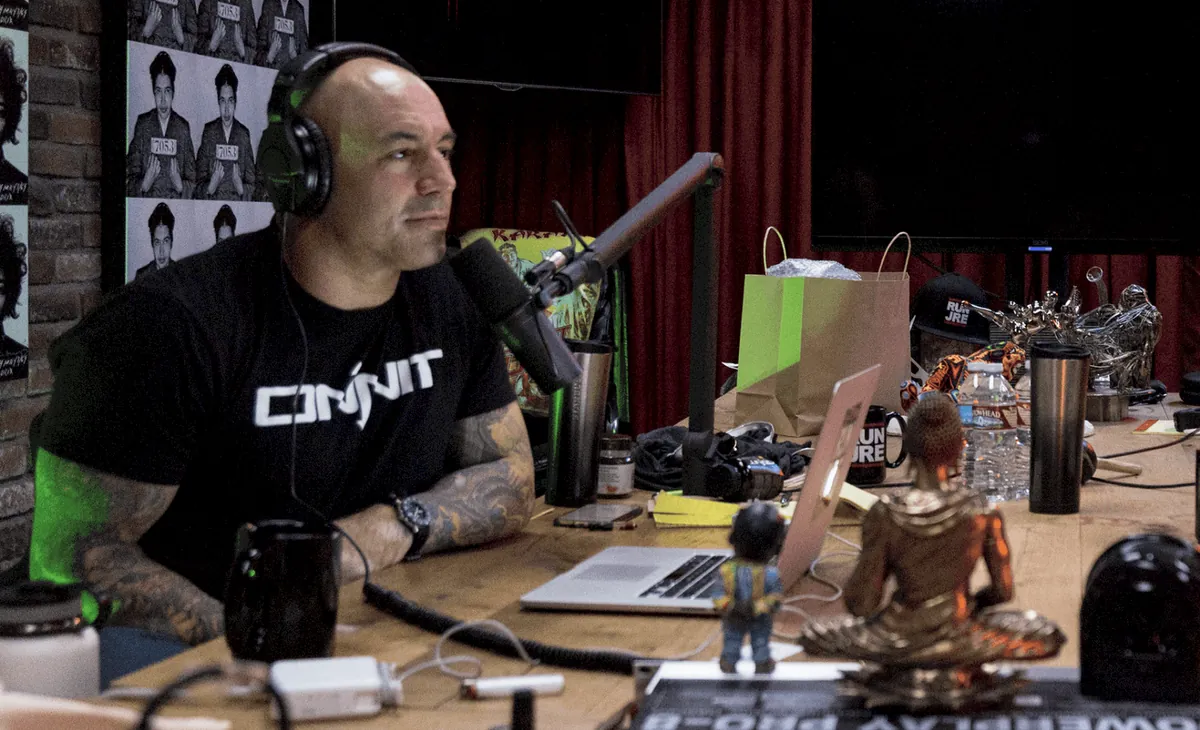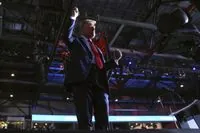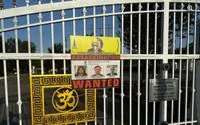Trump Rally Exodus: Supporters Leave Early Despite Long Waits
Despite drawing large crowds, Trump's rallies see early departures. Attendees cite various reasons, from personal commitments to speech content, challenging Trump's claims of unwavering support.
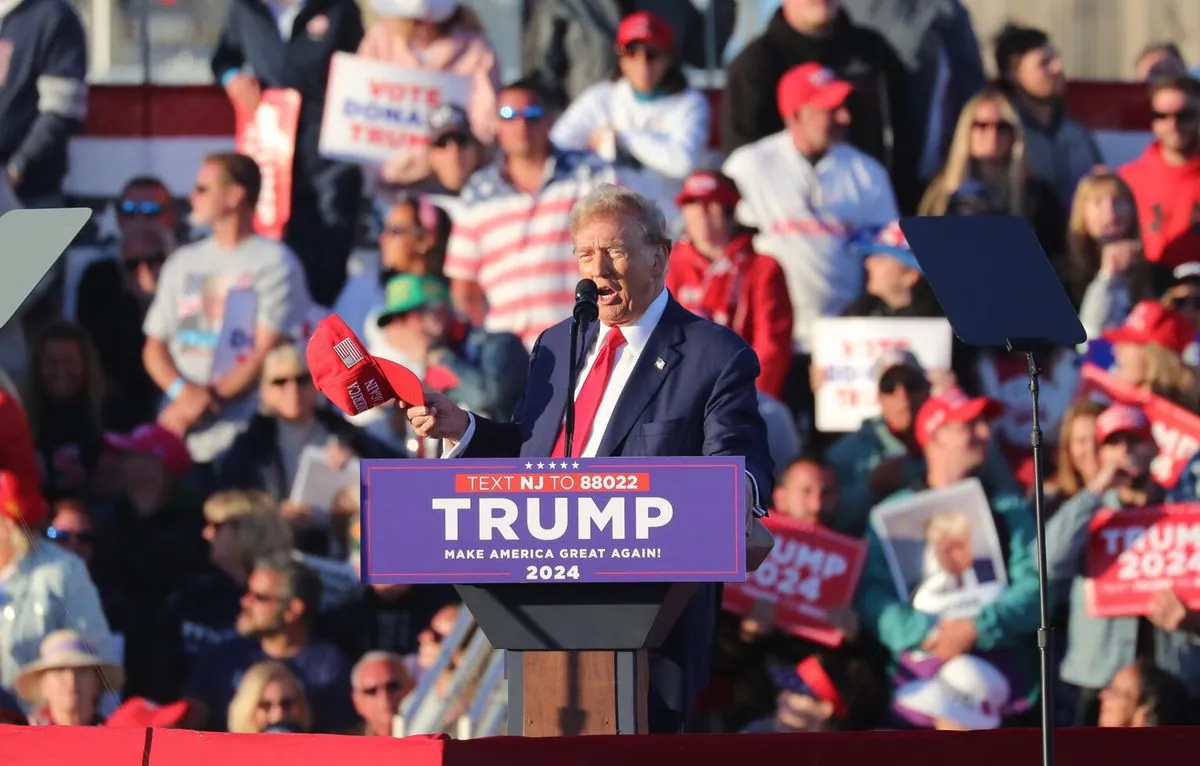
In recent months, a noticeable trend has emerged at Donald Trump's political rallies: supporters leaving early despite waiting hours to attend. This phenomenon has caught the attention of media outlets and political opponents, sparking discussions about the former president's campaign strategy and supporter engagement.
At a September 2023 rally in Tucson, Arizona, Melissa Prescott exemplified this trend. After waiting over five hours with her teenage daughter, Prescott left less than 25 minutes into Trump's speech. "I'm glad we got in. I wish I could stay to hear more," she explained, citing the need to pick up her disabled cousin.
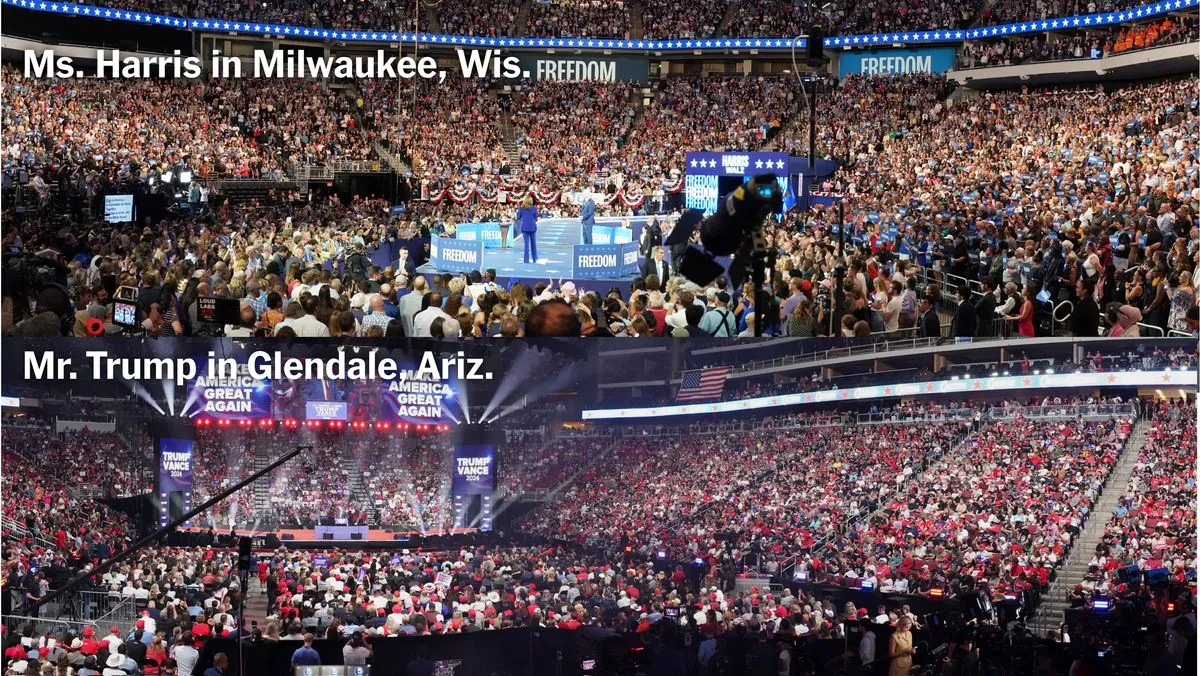
This pattern of early departures has been observed across multiple events, including rallies in Atlanta, Indiana, Pennsylvania, and Las Vegas. While Trump consistently draws large, enthusiastic crowds, a significant number of attendees leave before the speeches conclude. Reasons for early exits vary:
- Personal commitments
- Work responsibilities
- Desire to beat traffic
- Sound quality issues
- Waning interest in speech content
The 45th President of the United States has shown sensitivity to these departures, often addressing the issue defensively. At a town hall in Flint, Michigan, Trump insisted, "Honestly nobody" leaves the rallies. This reaction comes in response to criticism from political opponents, including Vice President Kamala Harris, who suggested people leave due to "exhaustion and boredom."
Trump's campaign spokesperson, Karoline Leavitt, emphasized the size of his rallies, stating, "Everywhere President Trump goes, thousands of supporters show up to see him, waiting in line for hours to hear him deliver his uplifting message."
Despite advisers' suggestions to shorten his speeches, Trump has resisted, believing attendees "want a show" and "want two hours." This stance has led to speeches often exceeding the planned 60 to 90 minutes, contributing to the early departure trend.
The phenomenon has not gone unnoticed in popular culture. "Saturday Night Live," the long-running American sketch comedy show, parodied the situation with actor James Austin Johnson portraying Trump asking, "Where the h--- is everyone going?"
At a Las Vegas event, over 200 people were observed leaving within the first 20 minutes. One attendee, Anastasia Bennett, 22, cited Trump's tardiness and insults as reasons for her departure, stating she now planned to vote for Harris.
These early departures highlight the complex dynamics of political rallies in American presidential campaigns. While Trump's events continue to draw large crowds, the retention of attendees throughout the speeches has become a point of contention and media scrutiny.
As the 2024 election approaches, the impact of these rally dynamics on voter engagement and campaign strategy remains to be seen. With Trump's political career beginning in 2016 and his presidency from 2017 to 2021, his ability to maintain supporter enthusiasm will be crucial in his bid for a second term.
"The fake news media never wants to report the truth about President Trump's rallies: they are the biggest political events in history."
This ongoing debate about rally attendance and supporter engagement underscores the importance of optics and crowd dynamics in modern American politics. As campaigns evolve, candidates may need to balance the desire for lengthy, energetic speeches with the practical considerations of attendee retention and message effectiveness.












